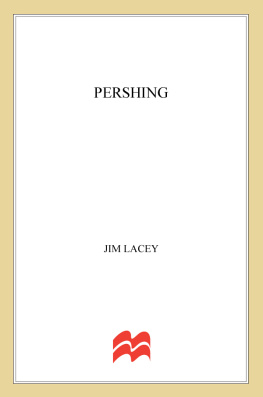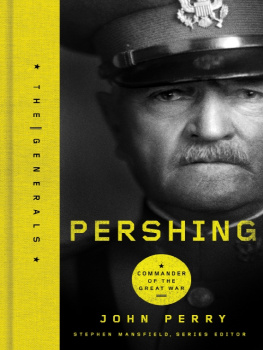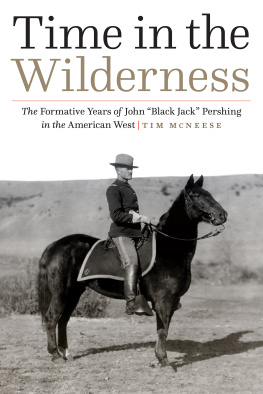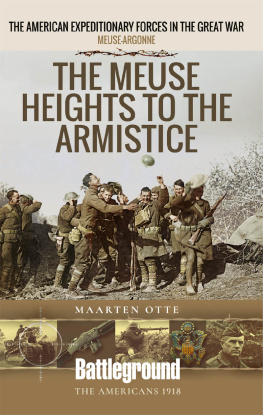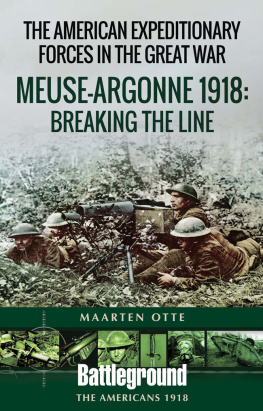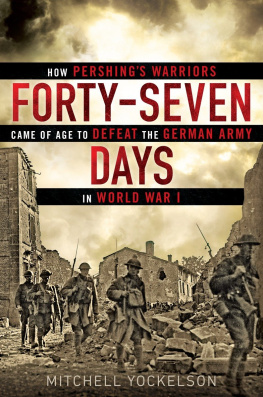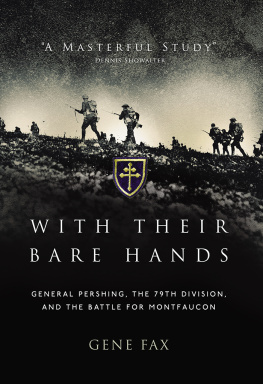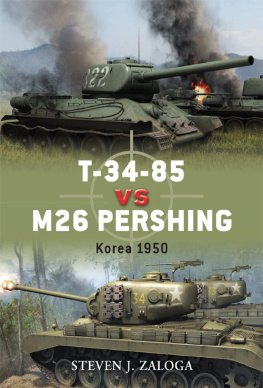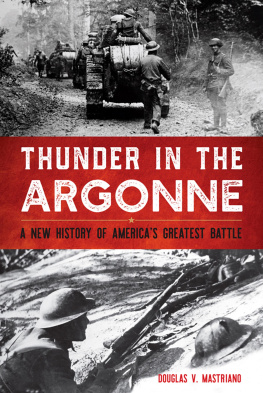THE GREAT GENERALS SERIES
This distinguished new series features the lives of eminent military leaders who changed history in the United States and abroad. Top military historians write concise but comprehensive biographies including the personal lives, battles, strategies, and legacies of these great generals, with the aim to provide background and insight into today's armies and wars. These books are of interest to the military history buff, and, thanks to fast-paced narratives and references to current affairs, they are also accessible to the general reader.
Patton by Alan Axelrod
Grant by John Mosier
Eisenhower by John Wukovits
LeMay by Barrett Tillman
MacArthur by Richard B. Frank
Stonewall Jackson by Donald A. Davis
Bradley by Alan Axelrod
Andrew Jackson by Robert V. Remini
Sherman by Steven E. Woodworth
Pershing
Jim Lacey

The author and publisher have provided this e-book to you for your personal use only. You may not make this e-book publicly available in any way. Copyright infringement is against the law. If you believe the copy of this e-book you are reading infringes on the authors copyright, please notify the publisher at: us.macmillanusa.com/piracy.
PERSHING
Copyright Jim Lacey, 2008
All rights reserved.
For information, address St. Martins Press, 175 Fifth Avenue, New York, N.Y. 10010.
First published in 2008 by
PALGRAVE MACMILLAN
175 Fifth Avenue, New York, N.Y. 10010 and
Houndmills, Basingstoke, Hampshire, England RG21 6XS.
Companies and representatives throughout the world.
ISBN-13: 978-0-2306-1270-9
ISBN-10: 0-2306-1270-9
Library of Congress Cataloging-in-Publication Data
Lacey, Jim, 1958
Pershing/James Lacey.
p. cm.
1. Pershing, John J. (John Joseph), 18601948. 2. GeneralsUnited StatesBiography. 3. United States. ArmyBiography. 4. United States. ArmyHistoryPunitive Expedition into Mexico, 1916. 5. World War, 19141918United States. I. Title.
E181.P478 2008 355.0092dc22
[B]
2007041691
A catalogue record of the book is available from the British Library.
Design by Letra Libre
10 9 8 7 6 5 4 3 2 1
Contents
Foreword
GENERAL OF THE ARMIESFIVE-STAR GENERALJOHN J. Pershing was America's greatest military leader of the twentieth century. Pragmatic, duty-driven, fearless, fit, and demanding, he was a soldier's soldier, America's first and greatest expeditionary commander, and the architect of the spirit and backbone of America's armies that fought not only World War I, but also World War II, Korea, and Vietnam. His command style persists to this day as the beau ideal of American leadership.
Yet how can it be that his name doesn't ring off the lips of commentators and historians, and why isn't he commonly acknowledged along with Eisenhower, MacArthur, or Marshall? Jim Lacey's incisive biography of Pershing explains this oversight.
From a middle class Midwestern family, John Pershing was industrious and capable, if not a brilliant student. His strength was his particular intensity of character, his convictions, and sense of purpose. Entering West Point as one of the oldest in his class, his bearing, demeanor, and competence earned him the coveted position of First Captain, the top-ranking cadet.
He proved his mettle immediately following graduation, earning respect and admiration from his troops in his first assignment as a lieutenant on the Western frontier in the last of the Indian campaigns. As a captain he wrangled an assignment that brought him to combat in Cuba during the Spanish-American War, and later he became one of the most effective mid-level commanders in the Philippines campaign in the early 1900s.
In every case, Pershing's pragmatism shone through. He wasn't a commander given to needless violence or doctrinaire solutions, but rather judged his team and opponents carefully, chose his fights with care, and then fought with fierce passion to win. In the Philippines he became adept at combining his tactical skills with the kind of low-level diplomacy that isolates adversaries and builds allies. He used force reluctantly, but with extraordinary efficiency. Our Army in Iraqa century laterseems to have rediscovered Pershing's approach only after three years of tactical stumbles.
The tragic loss of his young wife and three daughters to a house fire in 1915 shattered Pershing's mid-life, but may have further honed his single-minded dedication to duty. In the aftermath of this personal tragedy, during his leadership of the Mexican expedition against Pancho Villa and later in the expedition to France, his intensity and focus literally drove the army.
John Pershing was a hard man. And in the strife and turbulence of alliance warfare he became even more determined and single-minded. In 1917, as the Great War surged into its fourth summer of slaughter, he arrived in France as the designated commander of a not-yet-built American expeditionary force. The British and French armies were exhaustedall they wanted was America's manpowernot America's leadership. It was Pershing, and Pershing alone who stood for an independent American force, who saw the need, organized the staffs, selected the commanders, and built an Army which eventually numbered two million soldiers, fought, and won the decisive final battles of World War I. No one but Pershing could have done it.
Alliance warfare is a snake-pit. I know, as some eighty years later I was in Pershing's position as the senior American commander in Europe. National vanities, huge egos, conflicting military and political ambitions, fear, and pride swirl in a crazy spin of orders, plans, technology, doctrine, and guidance. Pershing was the first American to experience this, and he succeeded brilliantly. His example paved the way for Eisenhower, Marshall, MacArthur, Ridgway, and even Westmoreland, and Abrams. And in my Belgian headquarters, during the 1999 Kosovo crisis, I often looked up at the portrait of General of the Army Pershing that I had borrowed from our embassy in Paris, and sought inspiration. He fended off the overweening allied commanders and their heads of state, wrestled with military rivals in Washington, and worked magic in building and leading a fighting Army that represented America well and was decisive in winning the First World War.
If he had a fault, it was in underestimating the training needs of the American units. The Germans had implemented a new style of tactics, enabled by modern weaponry, to break the stalemate of trench warfare. Called Hutier tactics, the strategy consisted of small cohesive, highly lethal teams which could infiltrate, bypass resistance, and strike deep inside enemy positions in order to avoid frontal assault and destroy the cohesion of prepared defenses.
Used in Eastern Europe, then against the Italians at Caporetto in 1917, and then against the French and British in early 1918, these tactics achieved remarkably better results than simply moving a mass of men frontally against the trench lines. But it required extensive small unit training and discipline.
Pershing, on the other hand, favored spirit, ardor, resolve, and toughness. In essence he had imbibed too much of the French and British rhetoricand it was also a natural manifestation of his characterwithout sufficiently understanding the tactical dynamics of a battlefield saturated with machine guns, cannons, poison gas, and aircraft. Pershing tended to work the American Army from the top down, working to establish structure, headquarters, commanders, and a whole logistics and procurement system. It was a monumental effort of heroic proportions, and it built a two million-man force within a few months. On the other hand, the Germans, with a three-year head start, had learned to work the problem of the trench-line stalemate from the bottom up. The battle was imbalanced. The result was incredibly high American casualties during the major and last American campaign, the Meuse-Argonne, in September and October, 1918. And though superior American strength eventually won out, the cost of victory was frightful in terms of casualties.
Next page
